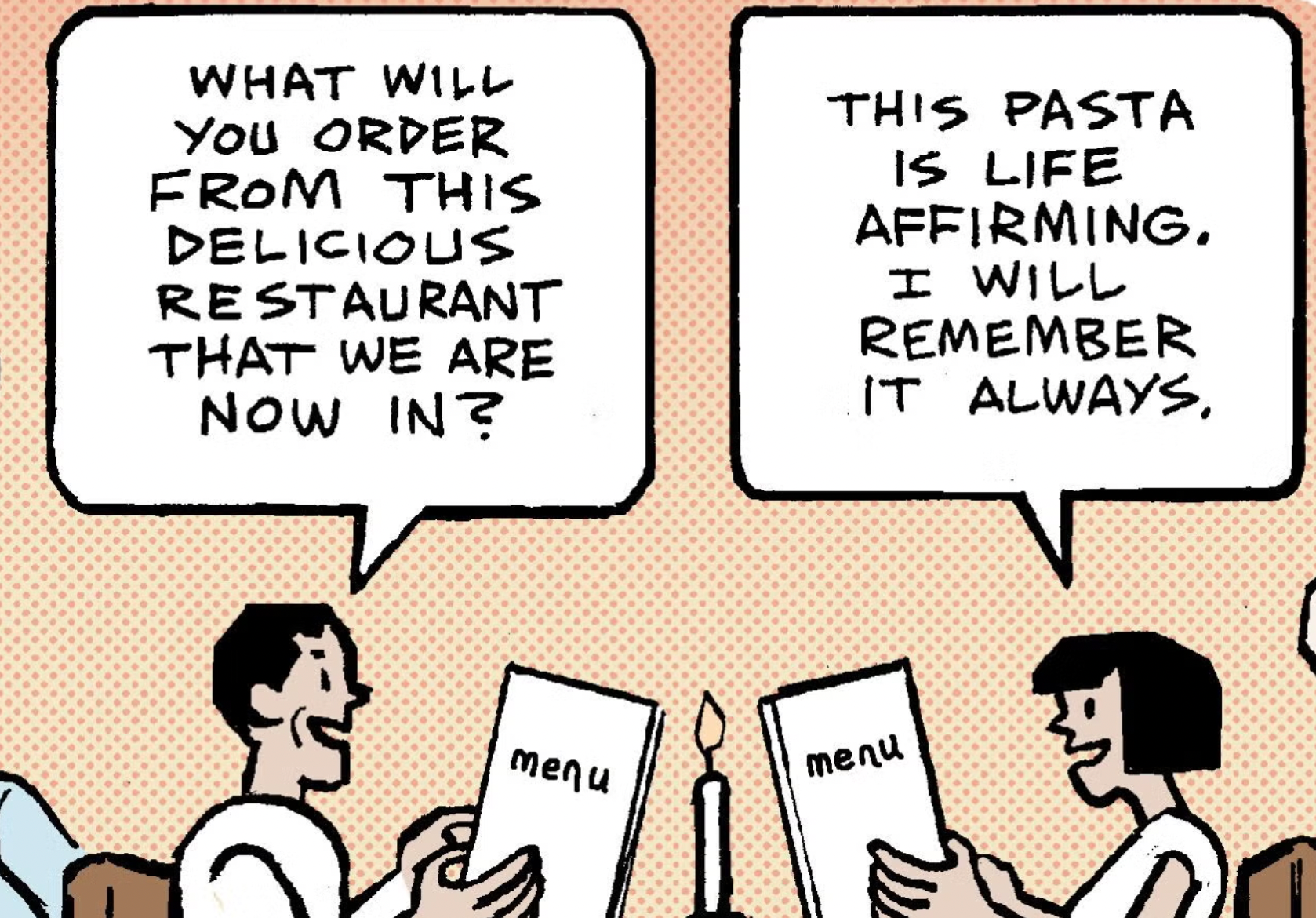 The joke is that France’s socialist roots made it easy for publisher coalitions to spring up in the country. La Place Media led the way, three years ago, followed by Audience Square in December 2012.
The joke is that France’s socialist roots made it easy for publisher coalitions to spring up in the country. La Place Media led the way, three years ago, followed by Audience Square in December 2012.
But now the idea of cooperation among former competitors is spreading. In recent weeks, AdExchanger profiled coalitions in the UK (AOP and Pangaea), Canada, South Africa,Australia, Israel, Greece/Romania and France.
“This is definitely a phenomena beginning and sprouting in Europe, but the interest is a global one,” said Jay Stevens, general manager of international for Rubicon Project, whose technology powers a number of coalitions, especially in Europe. “There are probably eight to 10 other countries we’re having discussions with all over the world.”
The growth of publisher coalitions “shows that the model that we developed a few years ago really is for media brands,” said Erwan Le Page, CEO of Audience Square.
In France, publisher coalitions helped media brands invest in a growth areas like programmatic without drawing too much from their traditional media advertising budgets.
At the time, programmatic yielded such small returns, publishers were reluctant to invest heavily, Le Page said.
“But at the same time it was a game-changer,” he said. “They knew they had to go there.”
Coalitions also created enough scale to take on market leaders like Google and Facebook in programmatic.
“Publisher coalitions are about leveraging scale, and fighting the Googles and Facebooks back at their own game,” said Michael Rubenstein, president of AppNexus, which powers many of the newly formed publisher coalitions.
Powerful coalitions consistently have the best inventory, he added, keeping it away from the giant ad exchanges.
La Place and Audience Square’s collective market share of programmatic display is between 15% and 20%, Le Page estimated.
That’s enough scale to pique advertiser interest, but the biggest differentiator is the quality in that scale. “Advertisers can invest in programmatic in a curated environment where there is no brand damage,” Le Page said.Publisher coalitions create programmatic markets. In countries with few options for advertisers who want to buy in premium environments using data, one publisher coalition can offer a material change in options for buyers.
The benefits of publisher coalitions for advertisers may be why the buy side – not the sell side – has had a hand in creating these coalitions.
WPP formed SouthernX in South Africa. A former agency buyer created IL-X in Israel. A sister company of Greece and Romania’s Project Agora houses a performance marketing agency and trading desk.
“It accelerates the market quickly,” Stevens observed. “You see this critical mass of publishers coming online all at once, which is massive in terms of reach and available inventory.” What’s more, the inventory is safe and well-lit enough to entice skittish brands testing programmatic.
Besides creating programmatic markets, publisher coalitions increase sophistication, especially among publishers. “It gets the market used to trading in data and sell-side data, not just buy-side data,” Stevens said.
Many publisher coalitions create a data-management platform to house data collectively. “It helps publishers level the playing field,” Stevens said. “They’re able to provide valuable audience segments at scale that the advertiser might not have had access to before. It throws another log on the fire.”
But success isn’t inevitable. When cooperation falls apart and revenues fail to improve, so will the coalition.
Among the dead: US-based newspaper coalition quadrantONE, which disbanded in 2013after a five-year run due to in-fighting and underperformance.
“It didn’t work because certain members of the cooperative had side deals that created back-door entry to the inventory,” Stevens remembered.
Canada’s CPAX, another early adopter, faced a similar issue. Too many buyers claimed they were buying CPAX inventory for clients but instead put budgets elsewhere. CPAX cut off access to many buyers, keeping only those truly interested in accessing brand-safe, quality inventory. Cooperation, even in the face of problems, enabled its rebirth.
Getting that cooperation right is something that makes potential publisher participants hesitate. “They are very worried about how to sit at a table and share a business when you don’t belong to the same owner,” Le Page said, citing a conversation with an interested publisher in Italy.
Le Page recommends publishers create joint ventures, where everyone has a financial stake, to promote solidarity. “Our first piece of advice is that you need to create a real company with money in it, where you can host all the contracts you need and the technology,” Le Page said.
Creating a joint venture is easier said than done, and regulations restrict creation in some countries, like Australia and Israel, which have strong antitrust protections.
With a proper structure in place, subsequent decisions – about technology, floor prices, data and how much inventory to send to the exchange – become easier.
The United States, one of the biggest advertising markets in the world, hasn’t seen publisher coalitions take off the way they have in smaller markets. “The biggest challenge American publishers have are their [large] size and scale independently,” Stevens said, making it less critical to work together.
While technology companies have had discussions with would-be publisher consortiums, none exist besides the Local Media Consortium, a now technology-independent descendent of Yahoo’s newspaper consortium.
“The US is such a vast market,” Rubenstein said. “Even in markets that are smaller in the US, they’re demonstrating they could support multiple consortiums. We haven’t seen it take off at scale in the US, but the market could be ripe for a change.”














